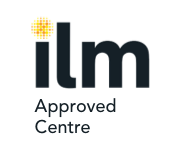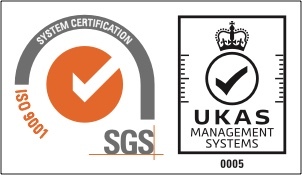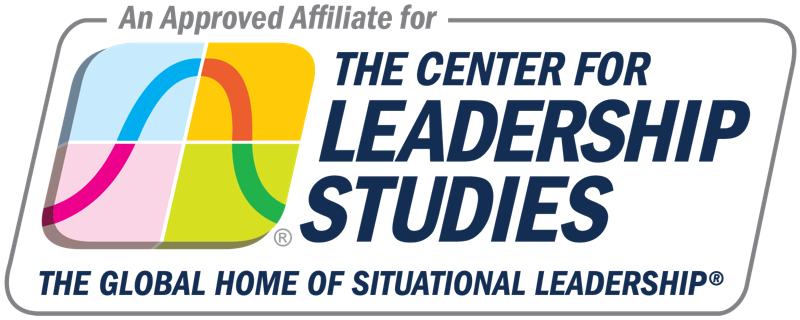
Mentoring plays a vital role in personal and professional growth, allowing individuals to benefit from the guidance and wisdom of those more experienced.
Traditional mentoring has, over time, been considered an effective approach to knowledge transfer and skill development. This is where a senior employee guides a junior counterpart.
However, this one-way flow of knowledge down the hierarchy often doesn't meet the evolving needs of modern organisations, and that is where reverse mentoring comes in. Reverse mentoring offers a fresh perspective and creates a more dynamic learning environment.
The Power of Reverse Mentoring - What Is It?
In simple terms, reverse mentoring takes the mentoring concept and flips it on its head. In this new arrangement, the mentees become the mentors, sharing their knowledge, skills, and perspectives with their senior colleagues.
The recent global pandemic has seen a paradigm shift in working arrangements, and with the popularisation of AI and new tech, the approach has seen a surge in popularity.
The idea was popularised by the former CEO of General Electric, Jack Welch, in the 1990s. He believed younger employees had valuable insights into emerging technologies and societal trends that could benefit senior executives.
Igniting Innovation Through Unexpected Connections - How Reverse Mentoring Plays Out In Modern Organisations
The mechanics of reverse mentoring can vary depending on an organisation's specific goals and needs.
In a rapidly evolving business space, where innovation and adaptability are crucial, organisations always seek new spontaneous ways to fuel creativity, stay ahead of the competition, and capitalise on emerging opportunities.
Moreover, innovation often thrives when diverse perspectives work together, and reverse mentoring offers an opportunity to tap into the hidden talent of younger employees allowing senior professionals to ask questions and embrace new ways of doing things.
Reverse mentoring can be delivered in one of two ways, formally or informally, but usually loosely follows the five steps outlined below:
- Pairing: Younger employees (mentees) are paired with senior employees (mentors) based on specific criteria like skills or goals
- Goals and Objectives: Clear objectives are set, such as fostering collaboration, enhancing skills, or addressing challenges
- Meeting Frequency: Mentors and mentees meet regularly, with meeting frequency determined by availability and preferences
- Content and Topics: Discussions cover a range of topics, including emerging technologies, leadership, and industry experience
- Evaluation and Feedback: Regular feedback is collected to assess the programme's effectiveness and make improvements if needed
Through this approach reverse mentoring not only supports organisational knowledge sharing but also cultivates an environment for inclusivity, where everyone feels valued and empowered to contribute substantially.
Why Reverse Mentoring Matters - Revolutionising Traditional Mentorship
Organisations must embrace new approaches to foster learning, growth, and innovation in today's dynamic and rapidly changing business world. Reverse mentoring is significant in achieving the objectives mentioned earlier.
Nonetheless, traditional mentoring has been, and will always be, a valuable tool for professional development, where senior professionals guide their junior counterparts. They draw mentorship from their vast experience and analysis.
However, reverse mentoring is emerging as a powerful and transformative approach challenging this one-way mentorship paradigm.
The Remarkable Benefits of Reverse Mentoring - Unlocking Hidden Potential
The benefits of reverse mentoring in the modern workplace cannot be overstated. Here are some of the big wins!
Accelerates Professional Development for Both Mentors And Mentees
In reverse mentoring, while younger employees or mentors bring new insights, technology advancements, and an understanding of current trends, senior employees or mentees offer wisdom, experience, and industry knowledge. This professional cooperation creates respect for one another, does away with stereotypes, and advances an inclusive and cooperative working culture.
Cultivates a Culture of Continuous Learning and Innovation
Learning is crucial for professional and personal development in the modern workplace. Senior professionals who are frequently in leadership roles, can learn from younger employees and gain an understanding of new trends, market dynamics, and changing labour needs.
Increases Employee Engagement, Motivation, and Retention
Reverse mentoring gives room for inclusion, increasing employees' engagement and motivation by providing opportunities for growth, learning, and skill development. Similarly, it shows a dedication to staff improvement and development. The likelihood that an employee will remain with an organisation increases due to the organisation's investment in their professional development.
Is Your Company Ready to Embrace Reverse Mentoring? Find Out Now!
Embracing reverse mentoring can bring several benefits to your organisation, but you must assess your organisation's readiness before leaping.
There are some factors to consider before implementing reverse mentoring. They include, but are not limited to:
- An evaluation of your mentorship framework to determine if it can be adapted to accommodate reverse mentoring
- A complete assessment of your company's communication strategy to assess whether it's good enough to inform your employees about the benefits and objectives of reverse mentoring
- A review of employee engagement and professional development within your company
- Your company's culture determines if it is open to collaboration, continuous learning, inclusion, and embracing diverse perspectives.
At GBS Corporate Training, we can help you implement reverse mentoring in your organisation. If you want to find out about the support available please contact us today by emailing theteam@gbscorporate.com.






